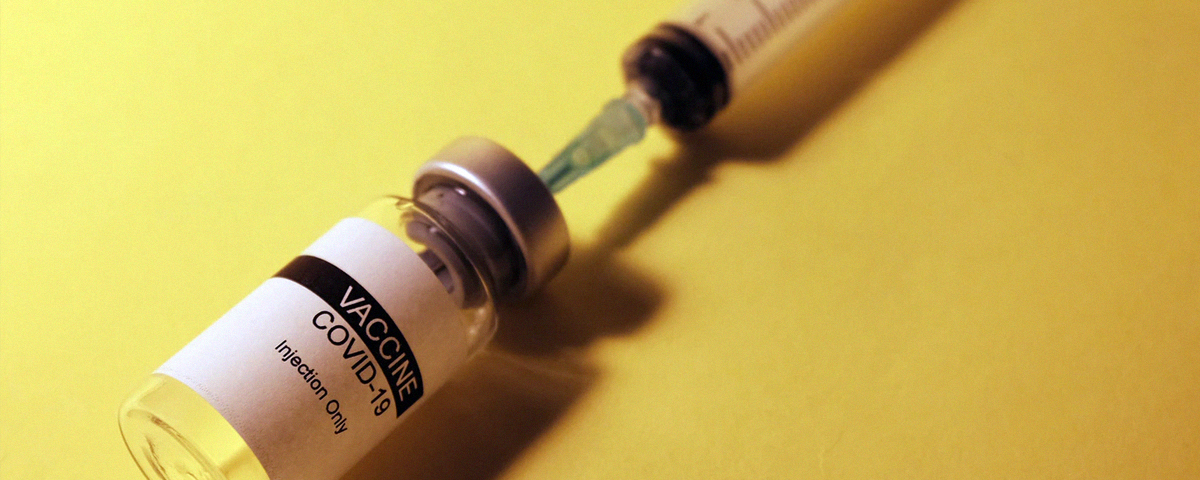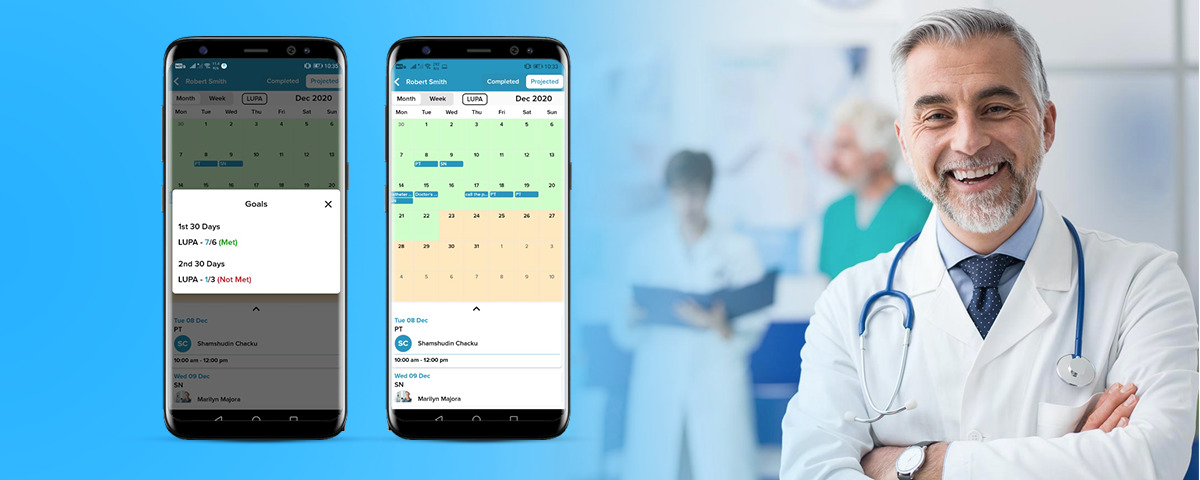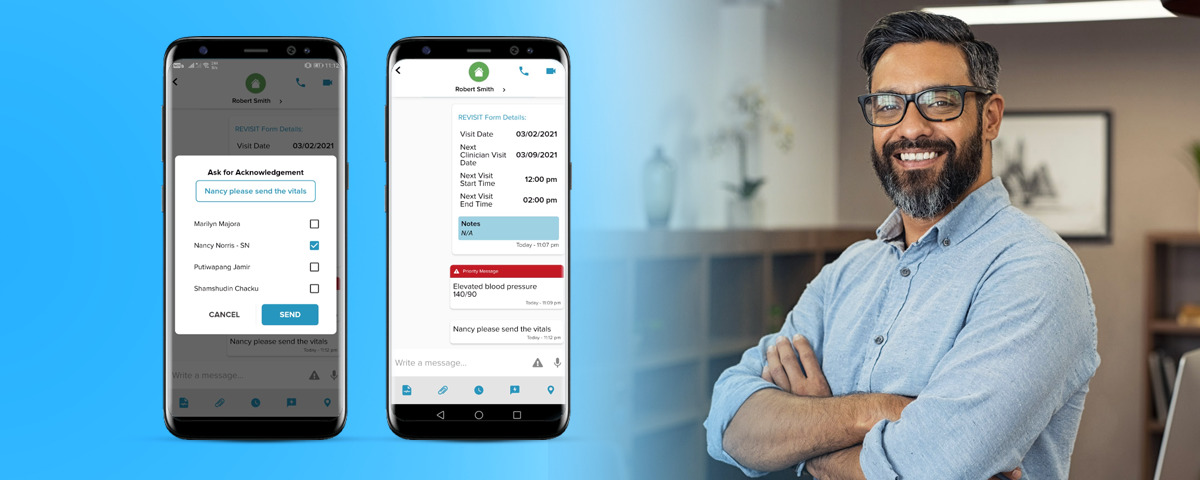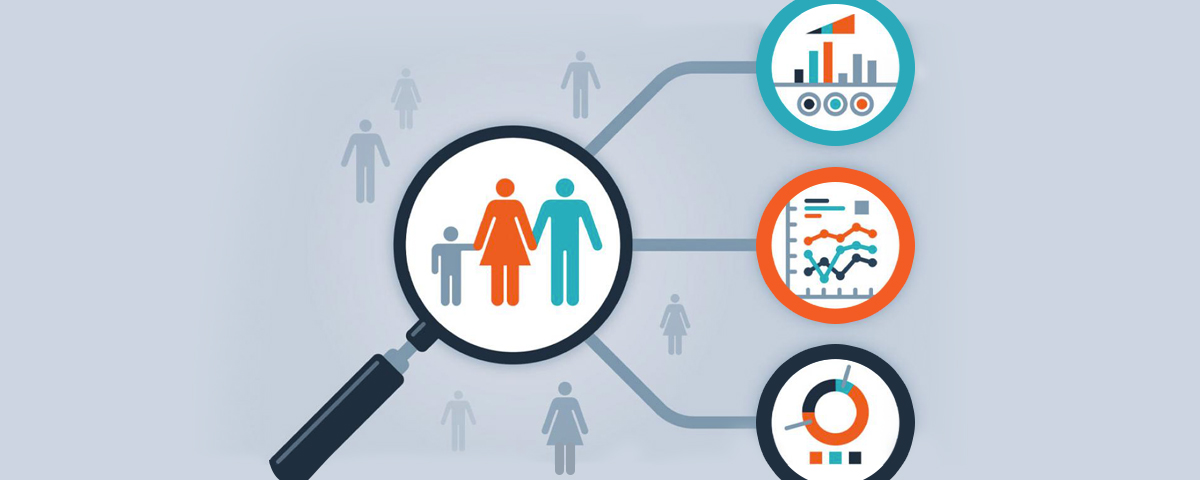Role Of Home Health Industry Fighting Covid-19

In the future, 2020-21 will stand out as the year that homecare truly shined out. From taking the burden off overtaxed hospital intensive care units by providing around-the-clock clinical care at home, to supporting seniors facing isolation. There have been countless instances over the past year when, care coordination helped optimized resources which resulted in better outcomes as a whole. This proved that, Home Health care services are crucial to bridging these widening gaps between hospitals and patients. Propelled by home health care’s participation at the forefront of the COVID-19 response, is a shot in the arm for providers to continue make quality health care accessible to our communities’ most vulnerable.
Role of HHAs during the Pandemic
Older adults and individuals with underlying chronic health conditions are at greater risk for complications and death from COVID-19, the very population served by Medicare’s home health benefit. This calls for more trained nurses and practitioners to visit patients’ homes, their demand is constantly escalating with passing days. Pandemic has changed home health care forever.
As we are aware, visiting hospitals during the Pandemic days is not a practical solution for senior citizens suffering from different ailments. Patients at home are anxious visiting hospitals due to the situation, and are seeking for Medical aid at the comfort and safety of their homes. Moreover, the Individuals who are just out of hospitals after the COVID-19 treatment are in immediate attention of Home Health care. Home health industry has a big role to play, in caring for the ones out of hospital and for the ones preventing hospitalisation.
Moreover, the agency is concerned about protecting their workforce. During the pandemic, HHAs experienced new, substantial challenges in order to maintain services while keeping clients and aides safe from COVID-19. Specific needs to improve future pandemic resilience include more complete information on the infection status of clients; ready access to affordable PPE; and guidance, tools, and training from government and research agencies that are tailored for the industry and its workforce. The impacts of COVID-19 found in this study highlight the need to incorporate HHAs more fully into future healthcare and public health pandemic planning.
Meeting the Demand
Home health care is becoming one of the leading sources of medical care in these troubled times, with the eminent need to keep the elderly patients out of hospitals, or caring for the ones out of it. The medical attention and care given through Home Health staff is more preferred by the family of patients, as it is, more personal, peaceful and slow paced. This also gives the staff opportunity to connect with the patients personally and comfort them in these difficult times. They need medical attention to keep them afloat. This causes for a significant demand for trained nurses and practitioners across the country.
Unfortunately, the demand is met with acute shortage of CNAs, LPS’s, and RNs in this space is witnessed which is alarming due to immense need during these troubled times. The turnover of patients handle by staff has become much higher in number. It leaves no time and zero personal life for overworked and tired and staff of clinicians. The pandemic highlights licensing barriers that predate COVID-19, but many believe it can serve as a wake-up call for state legislatures to address the issue for this crisis and beyond. Already, five states — Colorado, Massachusetts, Nevada, New Jersey and New York — have adapted their licensing guidelines to allow foreign-trained health care workers to lend their lifesaving skills amid pandemic-induced staff shortages.
Here are a few steps necessary for a Home Health agency to follow:
- Maintaining appropriate staffing in healthcare facilities is essential to providing a safe work environment for healthcare personnel (HCP) and safe patient care. As the COVID-19 pandemic progresses, staffing shortages will likely occur due to HCP exposures, illness, or need to care for family members at home.
- Healthcare facilities must be prepared for potential staffing shortages and have plans and processes in place to mitigate these, including communicating with HCP about actions
- Be in communication with local healthcare coalitions, federal, state, and local public health partners (e.g., public health emergency preparedness and response staff) to identify additional HCP (e.g., hiring additional HCP, recruiting retired HCP, using students or volunteers), when needed.
Overview
Over the past few years, there has been a steady uptick in the requests for home health care services. As the number of seniors, the number of chronic conditions to be managed, and life expectancy increase, so does the desire to safely age in place. Both the health care industry and the federal and state agencies that oversee the industry’s many moving parts need to recognize the home health care community for what it is: an indispensable service that will make health care as a whole stronger and more resilient.
As we enter our new normal, many Home Health agencies are being praised for their hard-work and determination during this difficult time. Many of them are being rewarded by their local towns, peers, and employers for their commitment with their patients. This sends a message to the medical industry that, becoming a home health care staff has similar recognition to the hospital staff, and probably on a greater level.
The core shift for home health organizations is visible in the overall healthcare industry. Organizations need to move from producing volume to creating value. Across the country, all healthcare disciplines are moving towards value-based care. Home Health caregiver’s appreciation and demand can be, foot in the door to help the shortage of home care nurses nationwide.
TRY A FREE VIRTUAL TOUR OF HOME HEALTH NOTIFY
We are keen to understand the challenges during these difficult times, and see if our platform can help progress your agency.
Popular Article - Lifestyle Conditions

Value-based care remains the focal point in the Home Health Care industry. The nationwide rollout

By the year 2026, Americans will spend a whopping $5.7 trillion on health care. The…

Running a Home Health Agency requires several investments. The company invests money and resources into…







